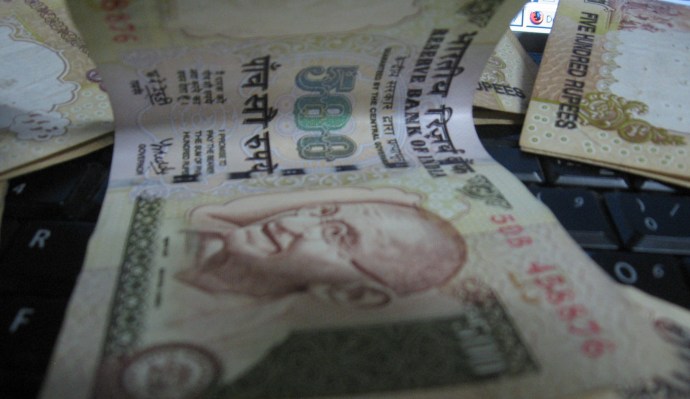Paytm already claims to be India’s largest mobile payments platform, with most of its revenue coming from payments for utility bills, app downloads, and online purchases. The Alibaba-backed company, however, is eager to find new growth areas for its business and, like many other Asian e-commerce companies, is honing in on O2O commerce.
The acronym, which stands for both online-to-offline and offline-to-online business, refers to strategies to get more online shoppers into brick-and-mortar businesses or, on the flipside, to convince people who prefer physical transactions to try out online commerce and payments for the first time.
Earlier this month, Paytm acquired local services marketplace Near.in, the first of several O2O acquisitions it plans to make. Before that, it also invested in deliveries startup Jugnoo and Little, an app that helps people find deals at stores in their neighborhoods, and signed partnerships with BookMyShow and Zomato to offer services like ticket booking, restaurant reservations, and food deliveries.
Near.in is Paytm’s first acquisition in the services sector. Its mobile wallet was already used by many small businesses, and Near.in’s site will make it easy to manage their clients and payments, says Paytm founder and chief executive officer Vijay Shekhar Sharma. Most service providers, especially those who make home visits like plumbers, still prefer to take cash, but Sharma believes the Indian market will follow China, where Alipay Wallet (the mobile payments service owned by Alibaba) is used for utility bills, taxi fares, payments in offline shops, and even “red envelopes,” or gift money, and is seen as a convenient alternative to credit cards.
In India, Paytm also wants to position itself as a better option than credit cards, which are slowly gaining in popularity but still used by relatively few Indian consumers.
Sharma believes Indians will prefer to use Paytm for small purchases because it doesn’t charge processing fees (instead, it makes money by taking commissions from telecoms on its platform) and the app is faster to use than credit card readers. Furthermore, mobile payments make it easier to pay very small payment amounts, like 67 rupees, instead of rounding them off, giving it an edge over cash since providers don’t have to carry tons of change.
“In India’s economy, every rupee matters. You don’t want to pay tips, anything extra. A significant number of Indians don’t have very high per capita income, so every rupee matters and they barter for everything,” says Sharma.
Combined with its e-commerce marketplace, Paytm’s O2O aspiration may make it seem like Paytm is becoming a direct competitor to Indian’s three biggest e-commerce leaders, Flipkart, Amazon India, and Snapdeal. In fact, none of those sites have integrated Paytm as a payment option (even though there are workarounds), and all three offer their own online wallet services.
Sharma, however, says that the Paytm’s goal is to create more use cases for its mobile wallet, so customers get accustomed to using it for almost everything they need to pay for. He adds that about 60 to 70 percent of e-commerce shipments are still cash on delivery, so if Paytm becomes ubiquitous enough, companies may eventually have to accept it if they want to encourage more shoppers to make online payments.
“Our market share is now 70 percent and now we want to get into the offline space by working with businesses that are offline and haven’t been able to build traction online. We can bring payments to them,” says Sharma.
